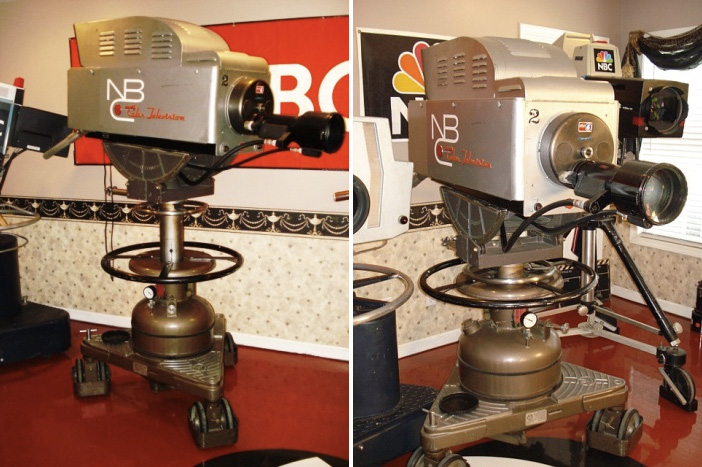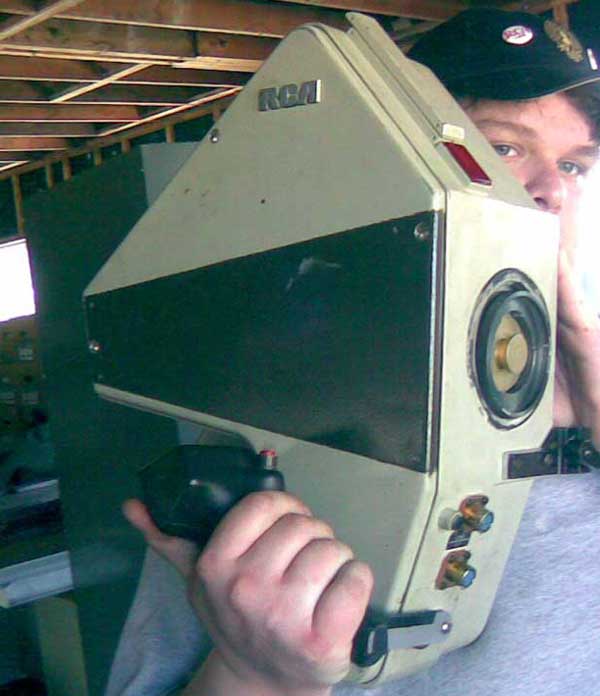Camera Innovations

As broadcast media became more prominent in the United States during the mid-twentieth century, video camera technology became an increasingly innovative field. By the 1950s, there was a definitive effort to improve the quality of videos to enhance the viewing experience. Although there were many innovations in sound quality, color film, and other elements of production, the Temptations and their live performances throughout the 1960s and 1970s were most affected by the introduction of portable studio cameras. To enhance live, broadcast television performances, studios need to utilize equipment that would produce quality videos. This was accomplished through the use of pick-up tubes, a camera component that helped increase video clarity. The initial cameras capable of creating content that was crisp and clear enough for broadcasts required up to four pick-up tubes, resulting in their massive size (Professional Video Camera). Throughout the 1950s and early 1960s, popular studio video cameras such as the RCA TK41 were too large to carry and were often bolted to a camera dolly track. Although producers were able to slightly angle the lens, zoom in and out, and move horizontally, there was almost no opportunity for creative license or improvisations in live performances.

By the 1970s, the traditional studio broadcast camera was reimagined as a two-piece portable camera (Professional Video Camera). Video cameras like the RCA TKP-45 and the Thomson Microcam achieved high-quality videos and portability by separating the camera into “two separate units” that were held by separate camera operators (Professional Video Camera). The “microcam” models were seen as catalysts for film and broadcast innovation, giving producers the ease of “a hand-held movie camera without sacrificing the picture quality of a studio camera” (Bronson 45). In a review of RCA’s TKP-45, the Society of Motion Picture and Television Engineers stated that it “retains essentially all of the operational features of the TK-45 camera…and the many functions that are provided make [it] a top-quality portable production camera” (Thorpe & Cosgrove). One section of the RCA TKP-45 weighed only 22 pounds and could be easily transported during live events (McVoy Early Broadcast Equipment: RCA TKP-45 Portable Color Camera). A section of the Thomson Microcam, on the other hand, weighed only eight pounds and had “a price tag of under $30,000” (Bronson 45).